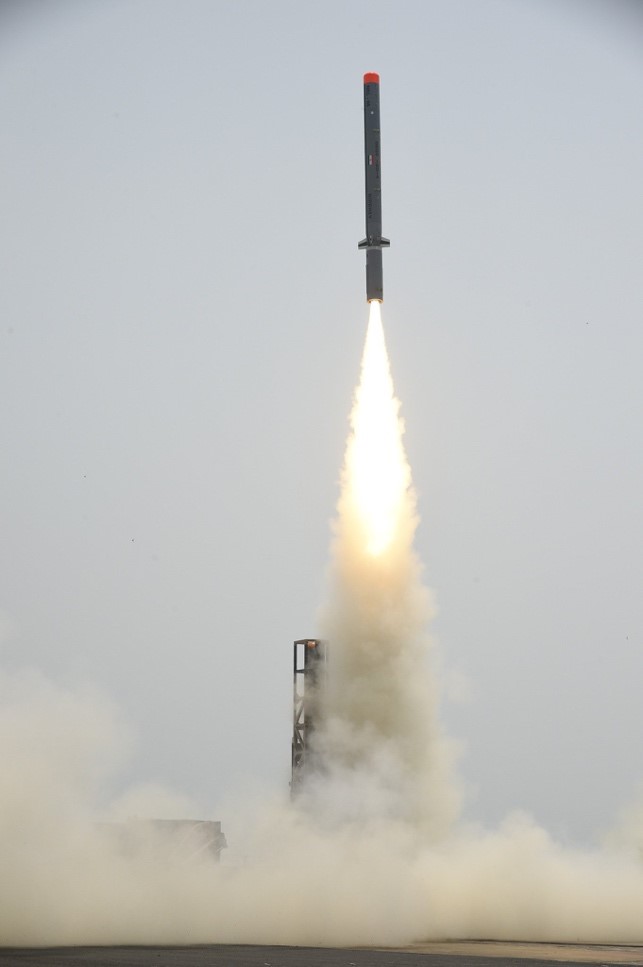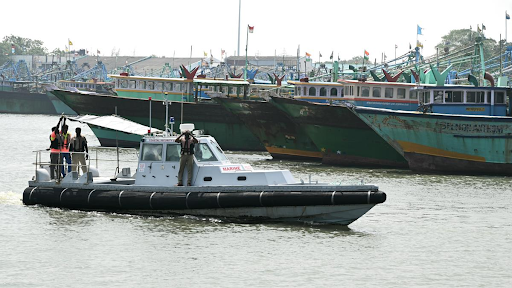Description

Copyright infringement not intended
Context: India has finally achieved much needed success in its indigenous technology cruise missile (ITCM) programme validating the newly developed small turbo fan engine (STFE) in a fresh test from a defence facility off Odisha coast.
Details:
About ITCM:
- ITCM, a technology demonstrator, was tested on subsonic cruise missile Nirbhay platform from launching complex III of the integrated test range.
- Equipped with the indigenously developed small turbo fan engine (STFE) Manik and an upgraded radio frequency seeker, the missile was test fired for a reduced range.
- The technology demonstrator that would pave the way for a long range land attack cruise missile, which is now under development, had failed as the engine reportedly developed snags during a trial on October 28 last year.
- So far, four tests of ITCM technology demonstrator have been conducted since 2020. While two of the tests had failed, one trial on August 11, 2021 was partially successful.
.jpeg)
About Manik:
- The domestic Manik engine with a thrust rating of 450 kgf has been designed and developed by Bengaluru-based Gas Turbine Research Establishment (GTRE) for cruise missiles and unmanned aerial vehicles.
- It is a generic twin spool engine without afterburner.
About Nirbhay:
- Before the ITCM project, India had inducted subsonic cruise missile Nirbhay that was powered by a Russian NPO Saturn 36MT engine.
- India is planning to develop a 1,000 km range supersonic cruise missile for land attack and a 1,500 km range naval version with the new Manik engine.
- Nirbhay is a long range, all-weather, subsonic cruise missile designed and developed in India by the Aeronautical Development Establishment (ADE) which is under Defence Research and Development Organisation
- The missile can be launched from multiple platforms and is capable of carrying conventional and nuclear warheads.
- It is currently deployed in limited numbers in Line of Actual Control (LAC) during standoff with China.[17]
- Nirbhay is powered by a solid rocket booster for take off which is developed by Advanced Systems Laboratory (ASL). Upon reaching the required velocity and height, a turbofan engine in the missile takes over for further propulsion.
- The missile has a ring laser gyroscope (RLG) based guidance, control and navigation system.
- It has a range of about 1500 km and is capable of delivering 24 different types of warheads depending on mission requirements between 200 and 300 kg
- The missile is claimed to have sea-skimming and loitering capability, i.e., it can go round a target and perform several manoeuvres and then re-engage it.
- It is also able to pick out a target and attack it among multiple targets.


https://www.newindianexpress.com/states/odisha/2023/feb/22/itcm-takes-off-with-manik-success-inchandipur-2549789.html











